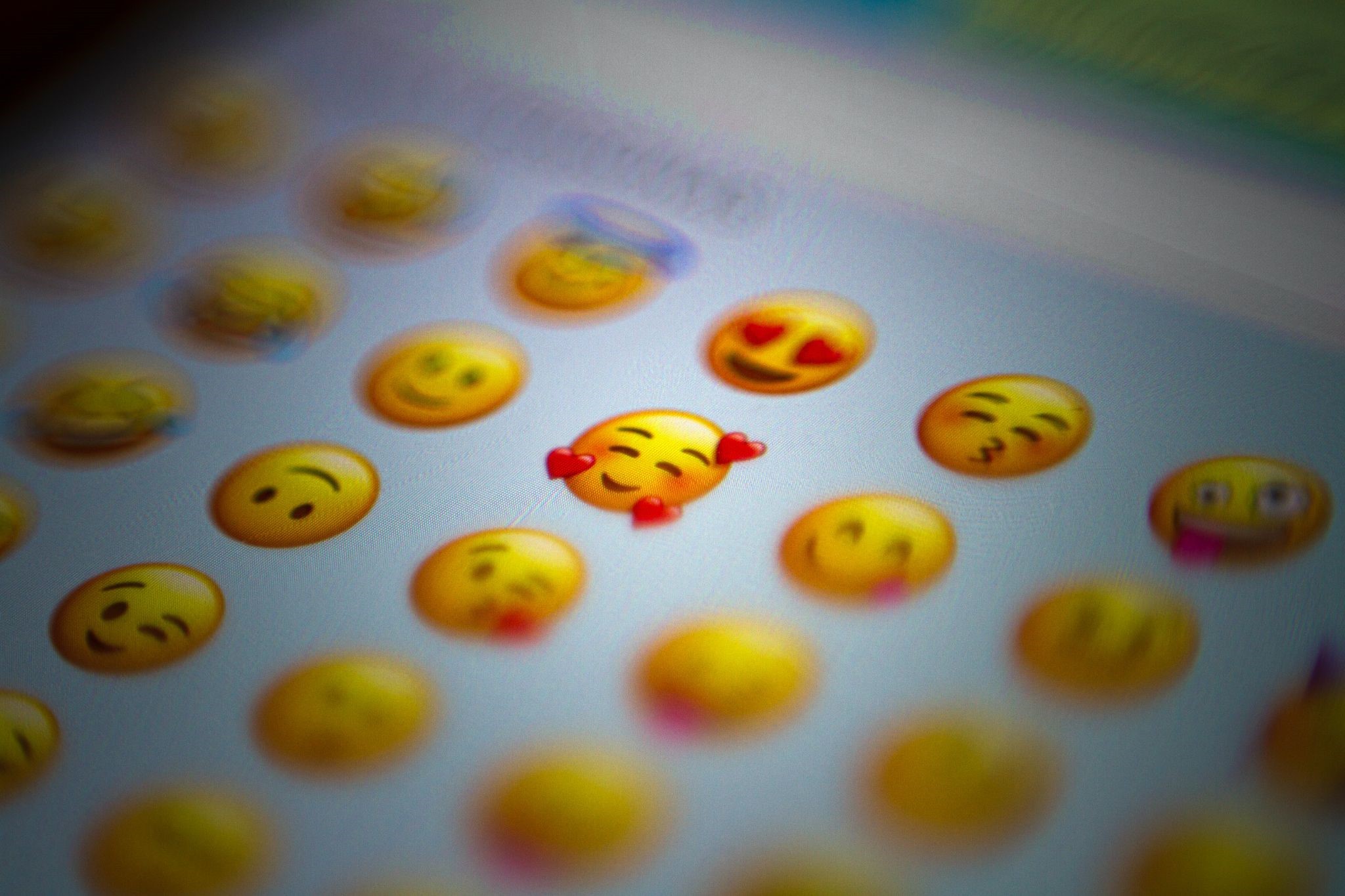
Social, emotional learning in the classroom has brought significant changes in the ways teachers now approach everything. This everything includes the primary academic subjects or recess. Social-emotional learning aids children in developing positive self-esteem, managing their emotions, set and ultimately achieve goals. Showing empathy for others and handling stress is also a part of the same. According to the National Institute of Health, nearly 33% of teenage students with age 13 to 18 are experiencing an anxiety disorder. The number of children and teens facing an anxiety disorder has seen an upsurge. Emotional learning can provide children with coping mechanisms which can act to reduce the prevalence of anxiety. This can be particularly important if teachers introduce social-emotional learning in early childhood. Many educators believe that SEL helps students learn soft skills, which will help them be productive and subsequently successful adults.
Social-emotional learning can be integrated into the very learning environment by the teachers along with the academic curriculum. It can be taught separately from other subjects or implemented to make it an overall classroom philosophy. Students shall greatly benefit if SEL lesson plans are implemented continuously at all grades along with the curriculum. Early childhood teaching would create a strong foundation for learning advanced SEL concepts.
Teachers trying to implement SEL must first decide upon a comprehensive curriculum designed to:
The essential feature of SEL in the classroom would consist of student's self-concept and awareness. An individual's self-concept would relate to how they would perceive themselves. Can shape a person's self-concept through interactions with teachers, parents, and peers.
Students feel delighted about themselves once they complete positive actions successfully. Emphasizing positive physical and intellectual health representing emotional learning helps students establish good habits to achieve success.
Students must learn to handle their emotions and develop the habit of helping others and themselves. A belief in positive thoughts leading to positive action must be formed. Students would gain a sense of responsibility that helps in improving their self-concept and boosting their self-esteem.
One must treat others how they would want to be treated. Today, empathy plays a dominant role in the classroom's social-emotional learning. They must learn how to treat others with kindness and to pay respect. Student performance can be rewarded if they do well.
Students can recognize their shortcomings through Social-emotional learning, which helps them to improve. Teachers can ask students to take responsibility for their actions and ask them to finish their assignments on time.
Students can focus on self-improvement once they recognize their areas of improvement and can learn to take responsibility for their decisions. A growth mindset, or understanding that every individual is capable of learning new skills, plays an essential role in getting about how to implement SEL successfully.
Socio-emotional learning aids students in being more confident and creating kinder students who are in a better situation to face the outside world's stress.
Increase family bonding and a reduction in family conflict are seen, and increasing family bonding is cherished. Rise in favourable development in early childhood a rise in positive effect indicating a rise in self-esteem and physical health is observed
The core SEL competencies enable student life to cope with the daily stresses of life and be more empathetic toward others. Most importantly, SEL aids in creating self-secure individuals with a sound knowledge of academics.
Carpediem would like to acknowledge the use of Photo by Domingo Alvarez E on Unsplash
